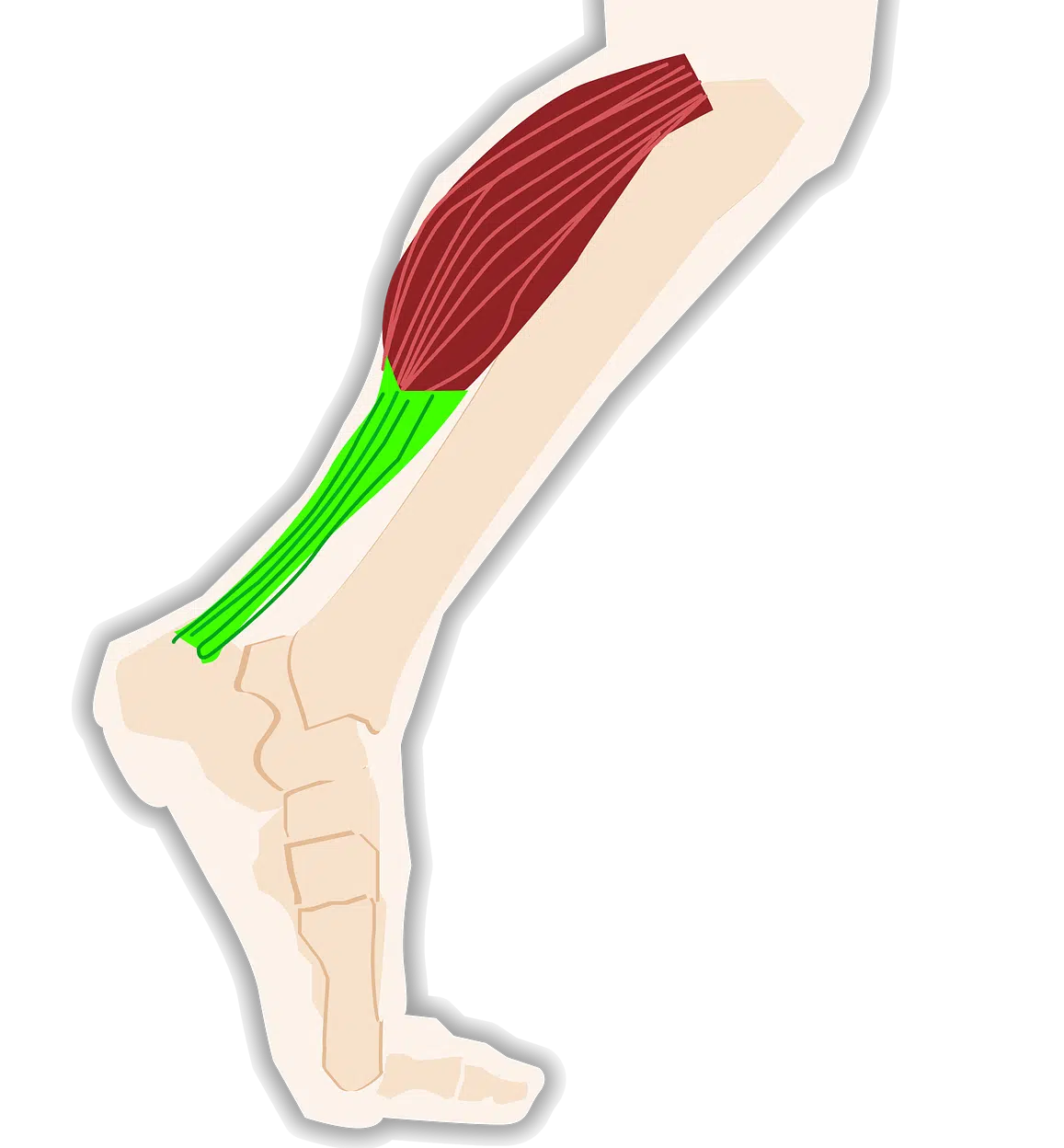
Tendons are fibrous structures.
Tendon is a term used in anatomy to name a fibrous structure that has great resistance . Tendons, which are made up of fibers that are part of connective tissues , are found in striated muscles.
It should be noted that tendon derives from the Greek tenon , which was used in two senses: to properly define what a tendon of the human body is and to refer to the top of a mountain.
Characteristics of a tendon
Flat, cylindrical, or cord-shaped, tendons usually join muscles and bones , although they can also link muscles to other body structures. Generally, they allow the muscle to insert into the bone and thus achieve the transmission of force to generate movement .
It is important not to confuse tendons with ligaments. While tendons allow bones to move, ligaments are responsible for linking bones to each other to provide stability to the structure.

The Achilles tendon joins the soleus and gastrocnemius muscles to the calcaneus bone.
Some examples
The strongest tendon in humans is the Achilles tendon , also called the calcaneal tendon . About fifteen centimeters long, this tendon is located behind the ankle and reaches the middle of the leg. Its function is the union of the soleus and gastrocnemius muscles with the calcaneus bone.
Lateral rotation and knee flexion, on the other hand, are enabled by the hamstring . This tendon connects the ischium with the fibula and tibia.
Disorders affecting the tendons
When a tendon becomes inflamed, a condition known as tendonitis occurs. This inflammation, common in the Achilles tendon, causes pain: the tendon, by increasing its caliber, exerts pressure on the skin, which becomes inflamed. Tendinitis generally occurs when the person repeats movements without adopting proper posture.
In addition to the aforementioned disease, there are others that also clearly affect the tendons. We are referring, for example, to the following:
- Tendon calcification , which usually affects the tendon of the shoulder. It results in the creation of deposits of calcium salt crystals in that area.
- Tenosynovitis , which is identified as inflammation of the area surrounding the tendons of the muscles, flexors and extensors in the fingers and toes. It is detected because the person will see that they have those inflamed areas and because they feel pain. The usual causes of this condition are a bacterial infection or rheumatism, among others.
- Tennis elbow . On more than one occasion we have heard about this health problem that, as its name indicates, affects the elbow and, as a general rule, those who practice the aforementioned racket sport. It is an inflammation of the tendons that connect the elbow to the set of muscles of the forearm.
